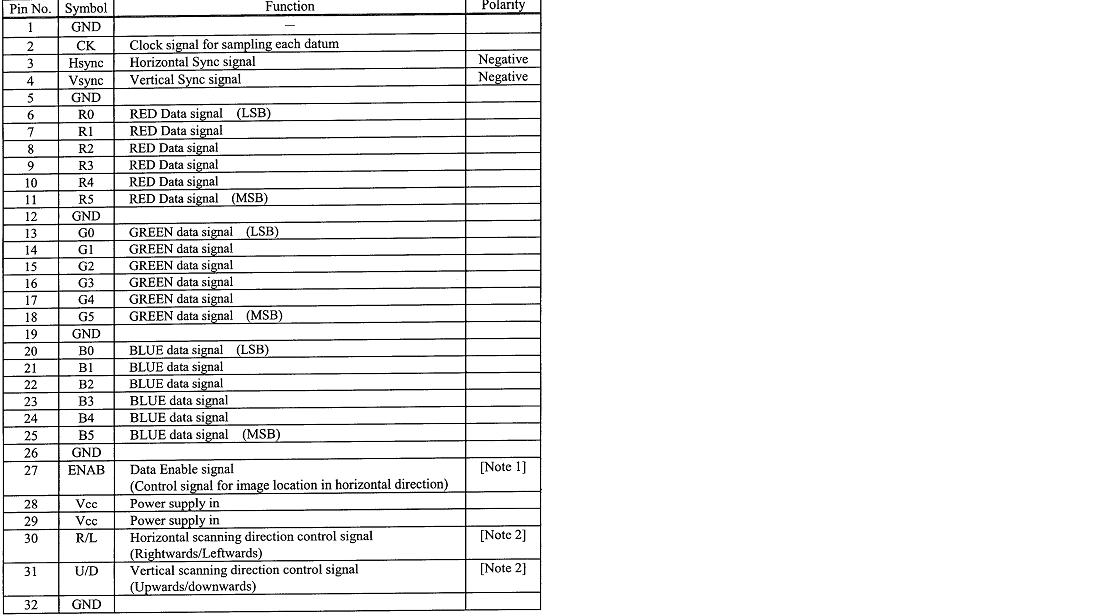The datasheet of the LCD tells you the signals that must be present on the LCD interface pins. How you achive that is up to you, you can bit-bang the signals on GPIOs, use an-on chip or off-chip LCD controller, a custom-programmed FPGA, or even black magic. The LCD doen't care.
In most cases, the 8/16 bit interfaces (and for smaller LCDs, SPI or I2C interfaces) talk to some kind of controller on the LCD. The communication is in terms of instructions, like "set these pixels to black". This kind of interface can easily be done by the CPU (using bit-banging)
In most cases, interfaces that mention RGB line and SYNC signals interface more directly to the LCD: they specify the full data that must be displayed, and this data (a frame) must be repeated at the frame rate (typically 10..100 Hz). This requires much more attention from the CPU if it would do it all by its own, and for larger LCDs this is totally impractical. (Where the switchover point lies depends on the CPU, programmer skills,a nd CPU time needed for the rest of the application.) These type of LCDs are generally interfaced via an on-chip LCD controller.

